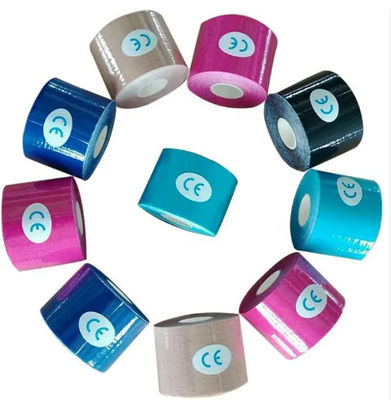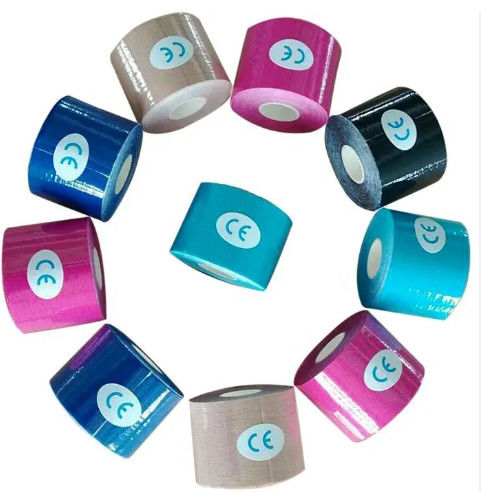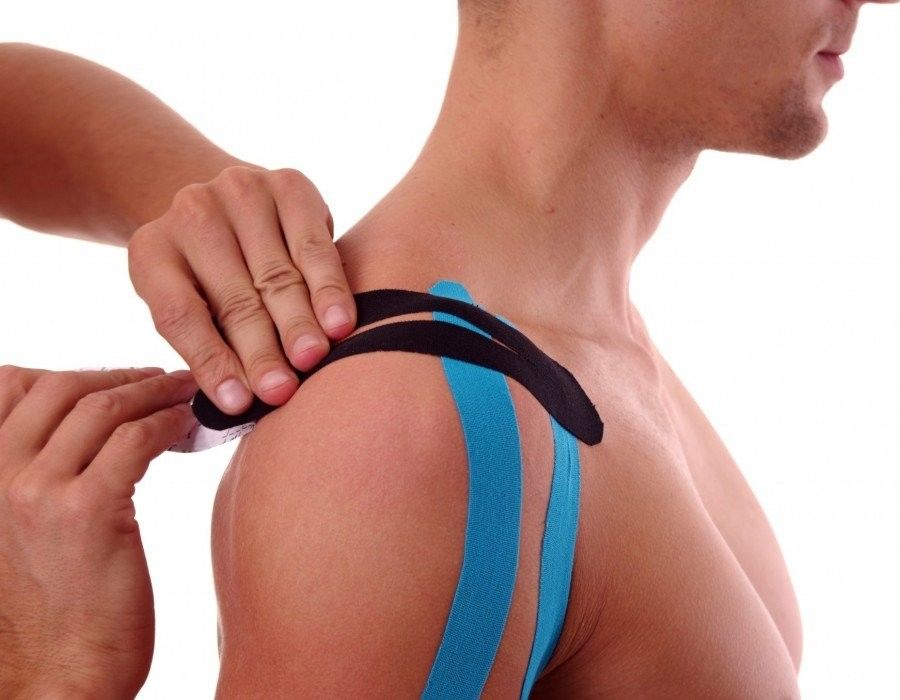
5cm*5m kinesiology tape back kt tape,Self Adhesive Bandage Professional Joint Protection
-
Highlight
5m kinesiology tape
,Professional Joint Protection kinesiology tape
,Self Adhesive Bandage kinesiology tape
-
NameKinesiology Tape Back Kt Tape
-
Size2.5cm X M, 5cm X 5m , 7.5cm X 5m , 10cm X 5m
-
MaterialCotton, Spandex, Medical Acrylic Adhesive
-
TypeMuscle Therapy, Leg Guard, Etc.
-
CertificateCE
-
Color12 Most Popular Colours Available.
-
Place of OriginChina
-
Brand NameHenan Aile
-
CertificationISO/CE
-
Model Number2.5cm*3.5m 5cm*5m 7.5cm*5m 10cm*5m
-
Minimum Order Quantity5000pcs
-
PriceNegotiable
-
Packaging DetailsDetails 100pcs/pack, Depend on your requirement
-
Delivery Time15-30days
-
Payment TermsL/C, T/T
-
Supply Ability100000 Bag/Bags per Month
5cm*5m kinesiology tape back kt tape,Self Adhesive Bandage Professional Joint Protection
5cm*5m wrist & ankle support wraps Trainers Athletic tape,Self Adhesive Bandage
Sports bandages are devices used to support and protect injured areas of athletes or other individuals during sports or daily activities. They have the following purposes:
- Joint protection and stability: Sports bandages can secure and stabilize joints such as the knee, ankle, elbow, etc., reducing excessive movement or instability during sports. They help reduce joint stress, preventing sprains, dislocations, and other sports-related joint injuries.
- Pain relief and muscle fatigue: Proper use of sports bandages can provide a certain level of pressure and support, relieving pain and discomfort in the injured area. They can reduce muscle vibration and oscillation, helping alleviate muscle fatigue and soreness.
- Rehabilitation and recovery promotion: For already injured areas, sports bandages provide additional support and protection, promoting wound healing and tissue repair. They also provide moderate compression and compression, promoting blood circulation and accelerating the recovery process.
- Posture correction and motion control: In certain cases, sports bandages can be used to correct improper posture or assist in controlling the range and extent of motion. They can help improve posture, correct faulty movement patterns, and provide the necessary support for normal movement.
This type of bandage is often used in sports and fitness settings for wrapping joints to provide compression, support, and stabilization.
·Such bandages are versatile and can be used for various applications, including providing compression for swelling, supporting injured or weak joints, and helping prevent injuries during physical activities.
![]()
1. Self-Adhesive Property:
- The bandage adheres to itself, eliminating the need for additional fasteners or tape during application.
2. Dimensions:
- With a size of 5cm by 5m, the bandage provides ample length for wrapping wrists and ankles comfortably.
3. Targeted Design:
- Specifically engineered for wrist and ankle support, ensuring a secure and customized fit around these joints.
4. Flexible Material:
- The bandage is likely made from a flexible and stretchable material, allowing for a snug yet comfortable wrap around the joints.
5. Versatility:
- Suitable for a variety of physical activities, offering support during sports, exercise, or recovery from minor injuries.
6. Ease of Application:
- Designed for easy application by individuals, allowing them to wrap their wrists or ankles without assistance.
7. Supportive Compression:
- Provides compression to the wrapped area, offering support and stability to the wrist and ankle joints.
8. Durable Construction:
- The bandage is constructed to withstand movement and maintain its integrity throughout various activities.
![]()
Who is using kinesiology tape?
1. Athletes:
- Athletes from various sports use kinesiology tape to support and stabilize muscles and joints. It's often applied to help prevent injuries, manage pain, and enhance performance.
2. Fitness Enthusiasts:
- People engaged in fitness and exercise routines may use kinesiology tape to provide support to specific muscle groups, reduce muscle fatigue, and manage discomfort associated with overuse.
3. Rehabilitation and Physical Therapy:
- Physical therapists and rehabilitation professionals use kinesiology tape as part of rehabilitation programs. It can be applied to aid in the recovery of injured muscles and joints and promote proper movement patterns.
4. Patients with Musculoskeletal Conditions:
- Individuals dealing with various musculoskeletal conditions, such as strains, sprains, or joint instability, may use kinesiology tape under the guidance of healthcare professionals to manage symptoms and support the affected areas.
5. Individuals with Chronic Pain:
- Some people with chronic pain conditions or ongoing musculoskeletal issues may incorporate kinesiology tape into their self-care routines as a way to manage pain and improve functional movement.
6. Post-Surgery Patients:
- After certain surgical procedures, individuals may use kinesiology tape as part of their post-operative care. The tape can help reduce swelling, provide support, and assist in the healing process.
How does kinesiology tape work for back pain?
1. Mechanical Support:
- Kinesiology tape is applied to the skin in a stretched manner, creating a lifting effect. This lifting can potentially reduce pressure on pain-sensitive structures, such as nerves and blood vessels, in the affected area of the back.
2. Stimulating Blood Flow and Lymphatic Drainage:
- The tape's application is thought to enhance blood circulation and lymphatic drainage. Improved blood flow can contribute to better oxygenation and nutrient delivery to the tissues, potentially aiding in the healing process.
3. Proprioceptive Feedback:
- Kinesiology tape may provide proprioceptive feedback to the brain, essentially influencing the way the body perceives and responds to movement. This enhanced awareness may contribute to improved posture and movement patterns, reducing strain on the back.
4. Reducing Swelling and Inflammation:
- The lifting effect of the tape, combined with improved lymphatic drainage, is believed to reduce localized swelling and inflammation, which can be contributors to back pain.


